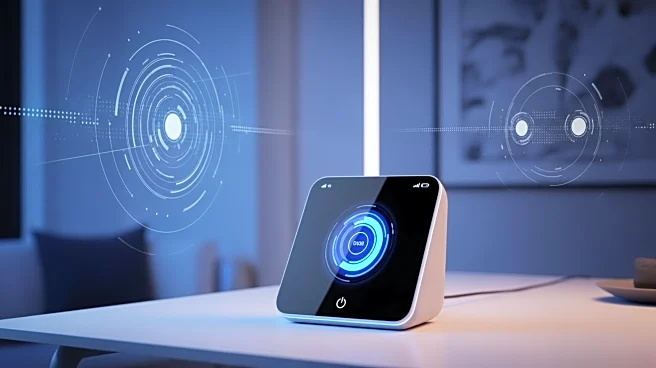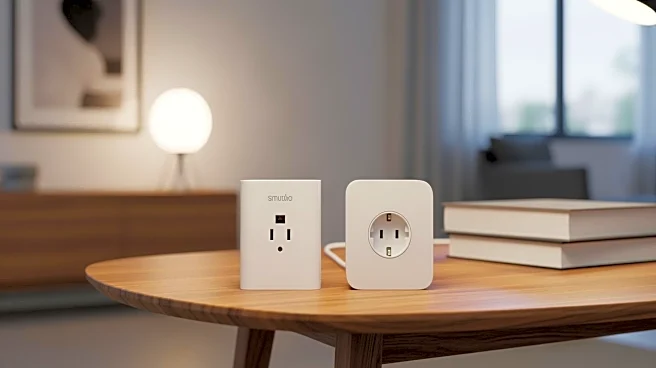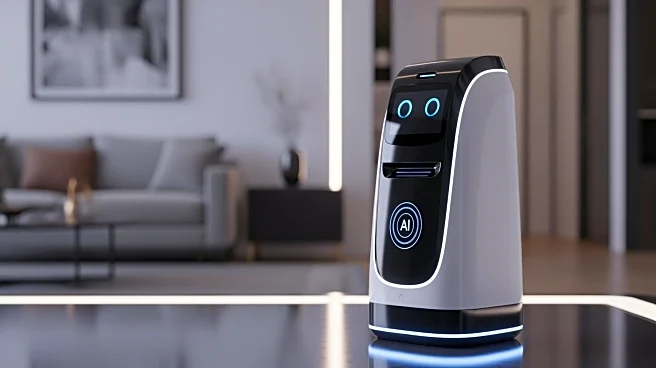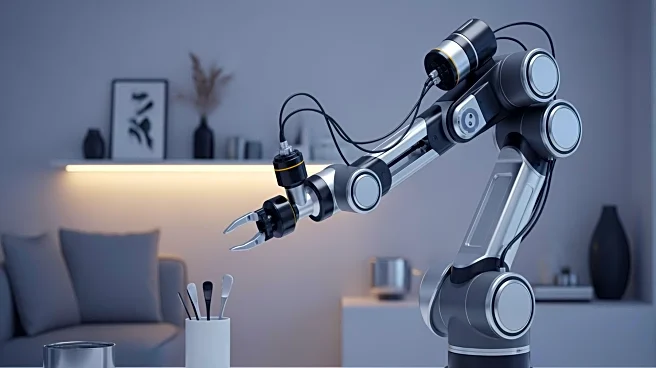What's Happening?
Voice control technology is revolutionizing the way users interact with smart home devices, offering hands-free operation and seamless integration into daily routines. By converting spoken language into digital commands, voice-controlled devices like
smart speakers and virtual assistants enhance convenience and efficiency in managing home systems. This technology utilizes voice recognition and natural language processing to interpret and execute user commands, transforming everyday interactions with devices.
Why It's Important?
The integration of voice control technology in smart homes represents a significant advancement in home automation. It provides users with a more intuitive and accessible way to manage their environment, particularly benefiting individuals with mobility or vision impairments. The ability to control home systems with voice commands increases user independence and comfort, aligning technology with the goal of creating more inclusive living environments. As voice control technology continues to evolve, it promises to further enhance the convenience and efficiency of smart home systems.
What's Next?
Future developments in voice control technology may include more sophisticated voice recognition systems capable of understanding complex commands and providing personalized responses. The integration of voice control with other smart home technologies is likely to expand, offering users even greater control over their environment. As technology advances, voice control systems may become more context-aware, predicting and anticipating user needs based on past interactions and preferences.
Beyond the Headlines
The ethical implications of voice control technology include concerns about privacy and data security, as these devices often require continuous listening to detect voice commands. Ensuring robust security measures and transparent data usage policies will be essential to address these concerns. Additionally, the cultural impact of voice technology includes changes in communication habits and the potential for reduced face-to-face interactions.













